In August 2019 we sent storyteller Jake Evans off on an epic cycle quest to visit all the sites in Shropshire and the nearby Welsh Borders associated with King Arthur. His journey took place over three days when he covered 152 miles, slept on windswept hills, waded through boggy marshes, and acquired a good few flesh wounds falling off his bike. The quest was part of the Arts Council Lottery Funded project “raison d’etre”.
If you would like to study the academic case behind the assertion that King Arthur was a Shropshire Lad there is no better book than “King Arthur The True Story” by Graham Phillips and Martin Keatman ISBN 0099296810, it is highly recommended!
Below you can see the storytellers’ case; Mythstories pictures of key Arthurian sites interspersed with the odd explanatory note. Jake’s facebook live on-the-quest postings can be found at the Mythstories – King Arthur’s Shropshire Facebook Group page, but first lets see Jake’s highlight reel and itinerary of his epic adventure.

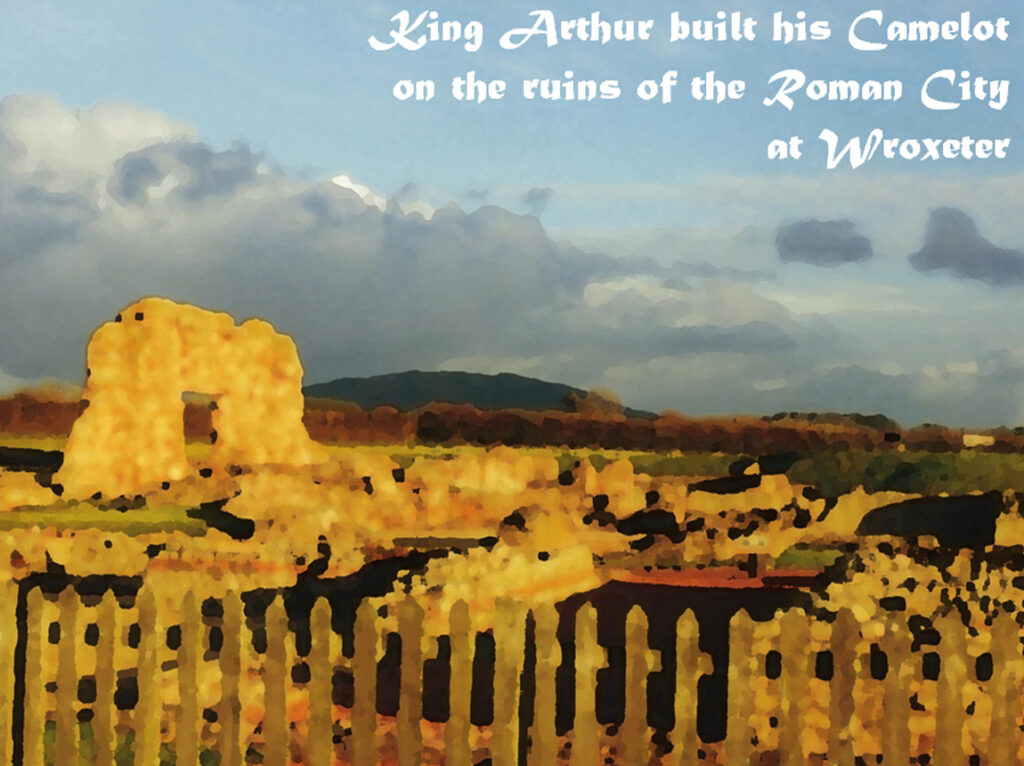
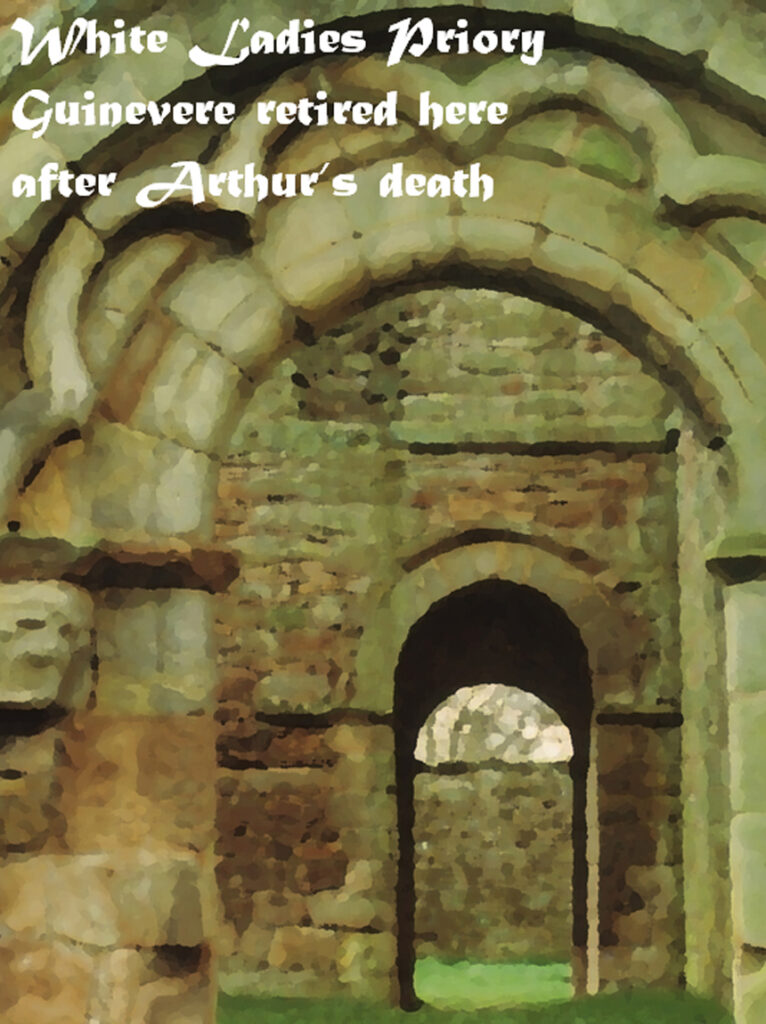
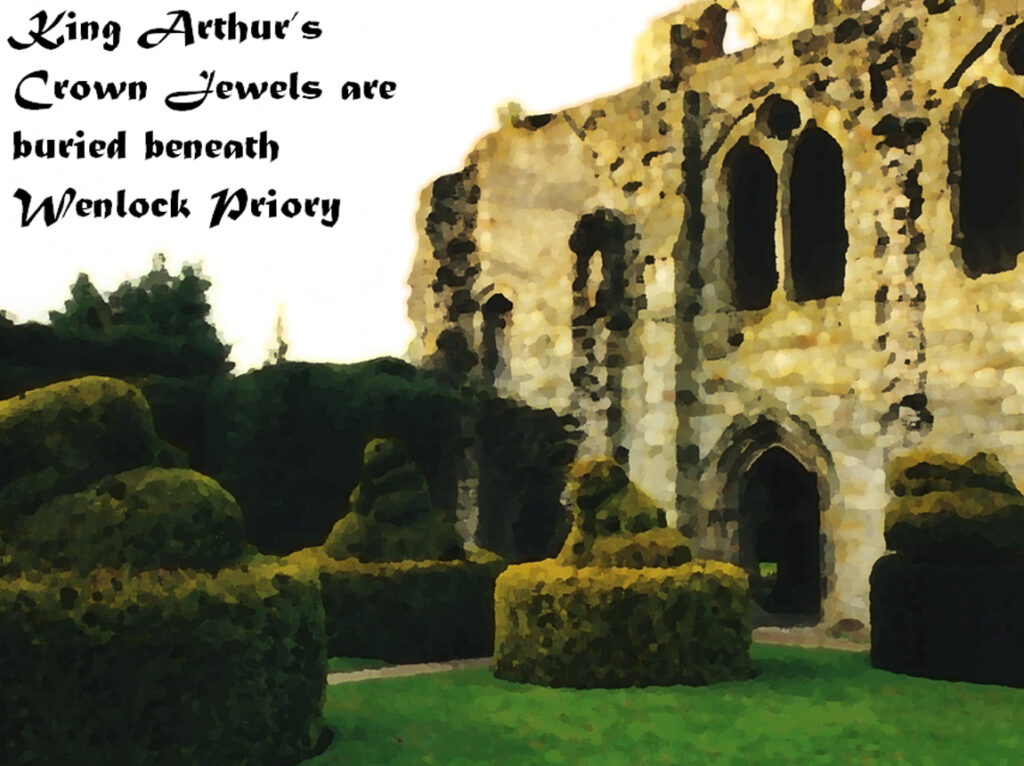
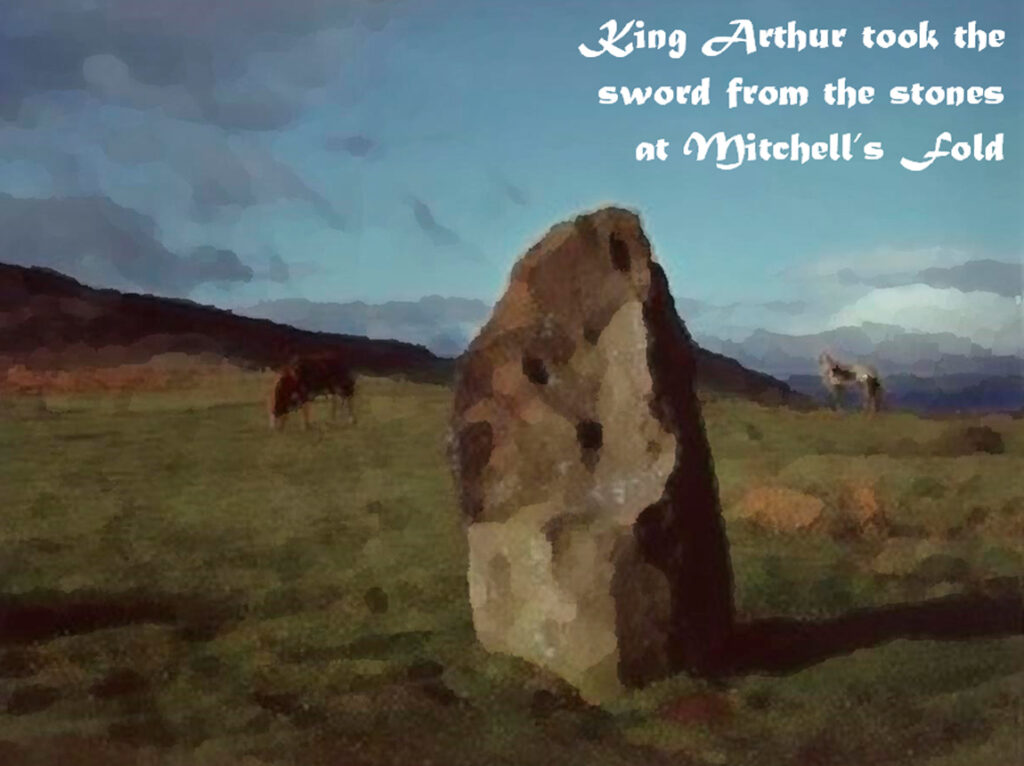

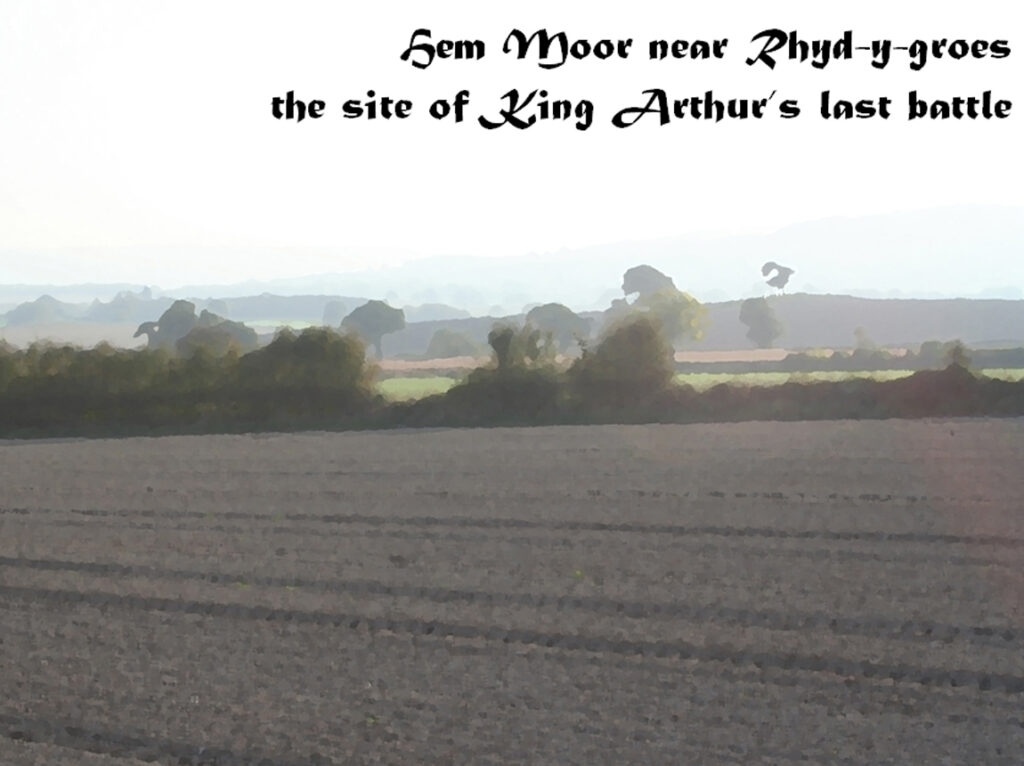
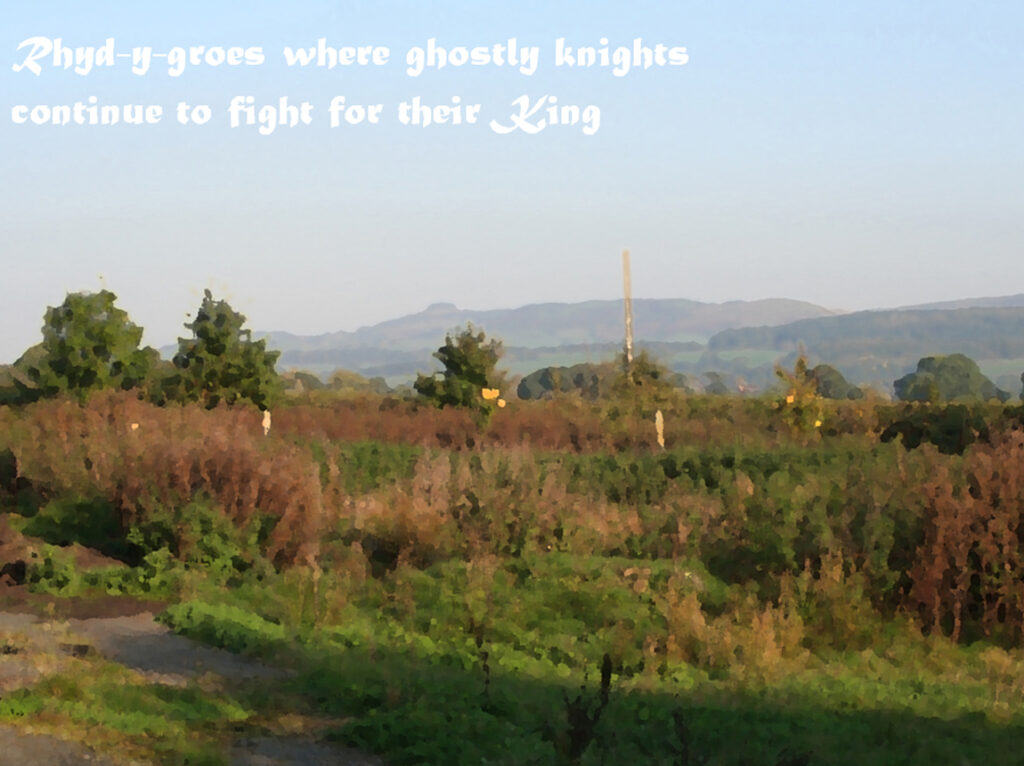
In the 1990’s a local folk-story started to spread about a haunted house that had stood at the Rhyd-y-groes staggered crossroads.
A lady headteacher from London had seen the cottage while on holiday and had fallen in love with it and had bought it from the local farmer who owned it. At first he seemed reluctant to sell but the sight of so much cash changed his mind.
It was her intention to retire there and live happily ever after, but on the night she moved in strange things began to happen.
When she put her head on the pillow to go to sleep an almighty din broke out in the kitchen below. It sounded like intruders had broken in and were flinging pots and pans against the walls and floor. She bravely went to investigate but when she opened the kitchen door the noise ceased and nothing was out of place.
She closed the door to return to bed and the noise began again. She was no fool, having been a headteacher, so she decided to leave the kitchen door open and return to her bed, but as her head touched the pillow again it all recommenced.
She tried to ignore it, put her head under the pillow, but still didn’t get a wink of sleep that night. In the morning she tried to convince herself that she had imagined it all and she was just tired and over excited after the move. She made up her mind to ignore it. But when night came and the kitchen chaos began again she knew she was defeated and had another sleepless night.
The next morning she turned up at the local public house and asked for a very strong cup of coffee; she could hardly keep her eyes open and she looked like she’d seen a ghost. When the landlord asked her if she had, she replied, “no, but I’ve certainly heard some!”
She told him everything and then, when he knew where she had moved in, he was able to tell her about the famous haunted cottage where King Arthur’s Knights continue, nightly, to fight their last battle.
She, apparently, moved back to London taking with her the shattered dreams of her idyllic retirement. The farmer decided to ‘plough’ the cottage to the ground, but its footprint still survives for all to see. The invasive brambles and weeds grow all around it but won’t venture inside, because there, every night after dark, King Arthur’s Kights still fight the last battle.
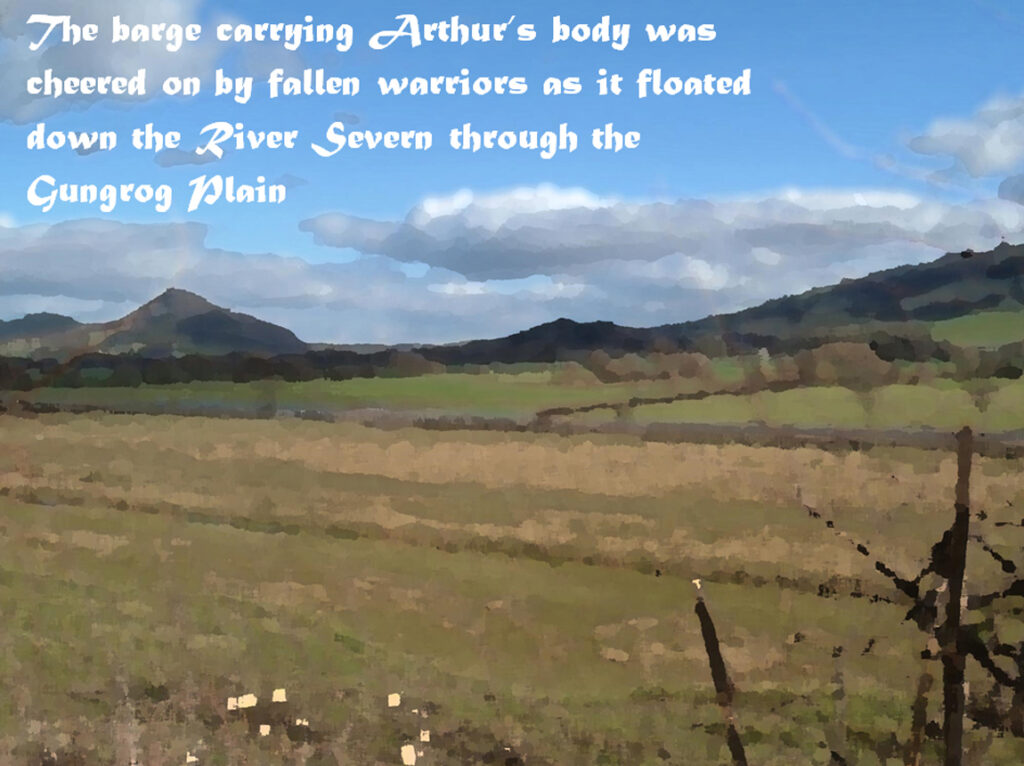
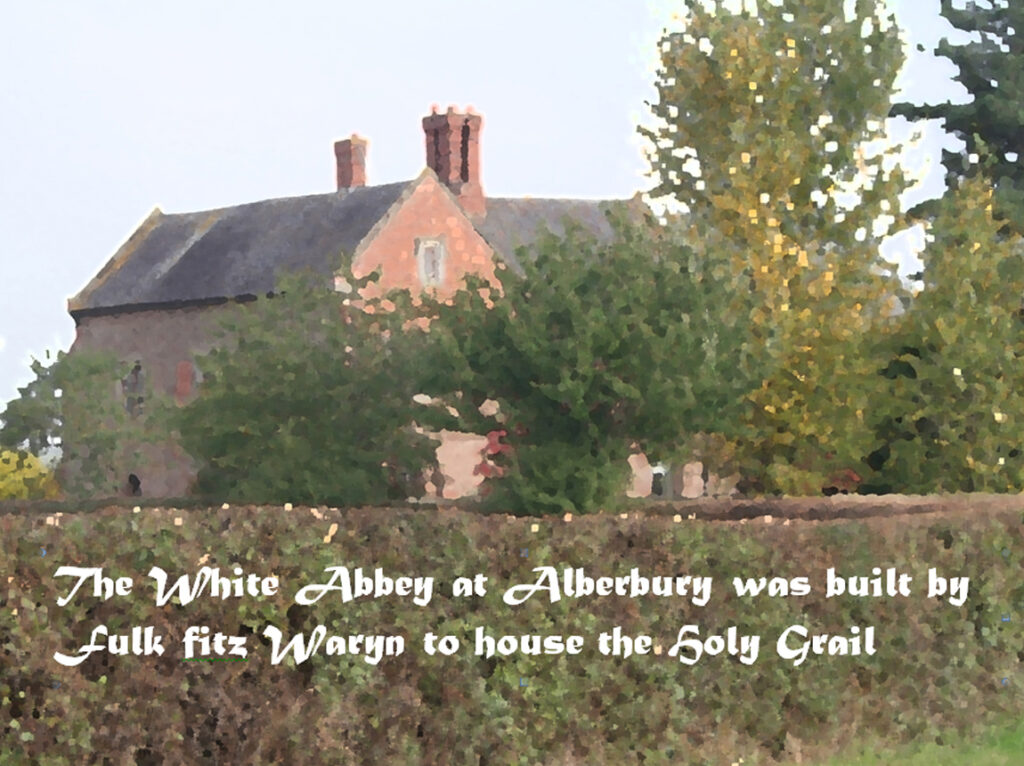
After Arthur’s death Merlin made the prophecy giving hope to his people. The prophecy tells of a saviour to come, it describes Fouke le fitz waryn III of Whittington Castle who was born around 1170. He was schooled at Windsor Castle alongside Prince John, where the two had a life-changing argument over a game of chess.

On coming to manhood Fouke should have inherited Whittington Castle but King John gave Morys fitz roger of Hawkstone the ownership instead. Fouke and his brothers became outlaws, robbing from the rich and giving to the poor, and eventually took the castle back from Morys. King John could do nothing about it as his power was waning. Later in 1215 Fouke was present at the signing of Magna Carta where King John had to cede some of his Royal powers to the Barons of England. In short Fouke is the real-life Robin Hood.
Decoding the prophecy:- The White Plain describes the tract of land from Alberbury (from the Latin word Albus for white) in the West to Whitchurch (from White Church) to the North East; at its heart is Fouke’s castle at Whittington (from White Town). – Fouke was known as the Grey Wolf (he had a pet wolfhound which used to run alongside his horse and it was said that Fouke and the dog grew to look almost alike) – Fouke’s coat of arms and shield bore 6 jagged teeth facing down and six facing up (you can still see this coat of arms carved in stone on the gatehouse of the Castle above the entrance). – Morys’ coat of arms bore a wild boar – King John’s ensignia was the leopard.
If you want to know more about Fouke’s story you’ll find Michael Rosen’s poetic version and an auca (cartoon) of his first and last adventures here.
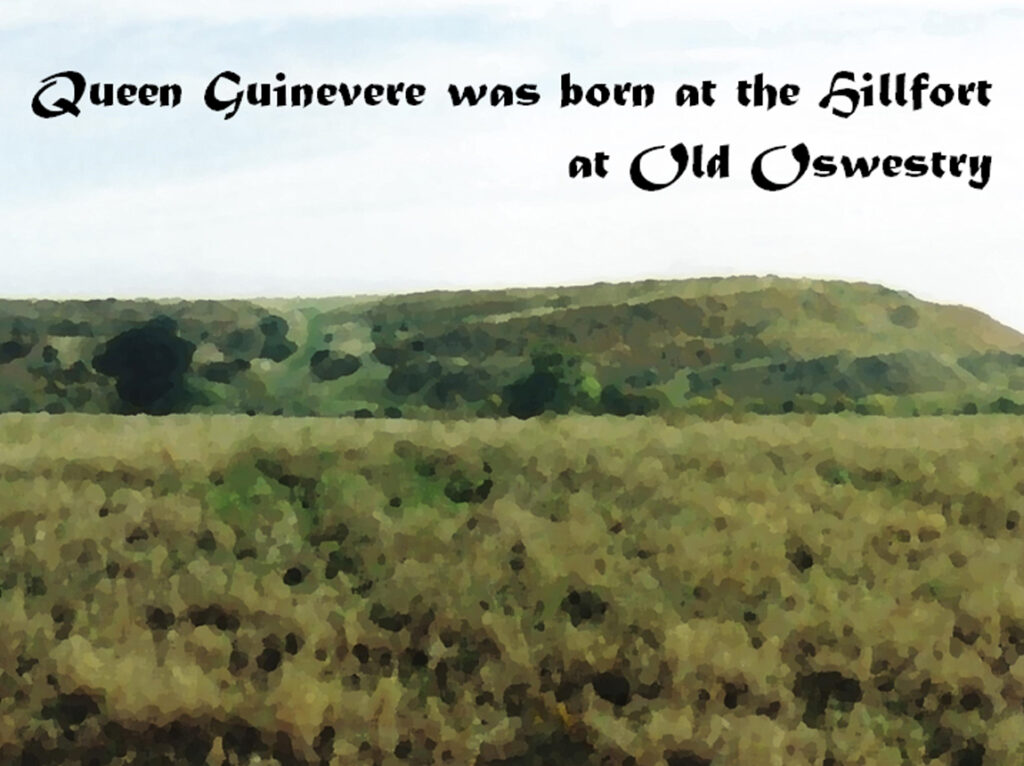
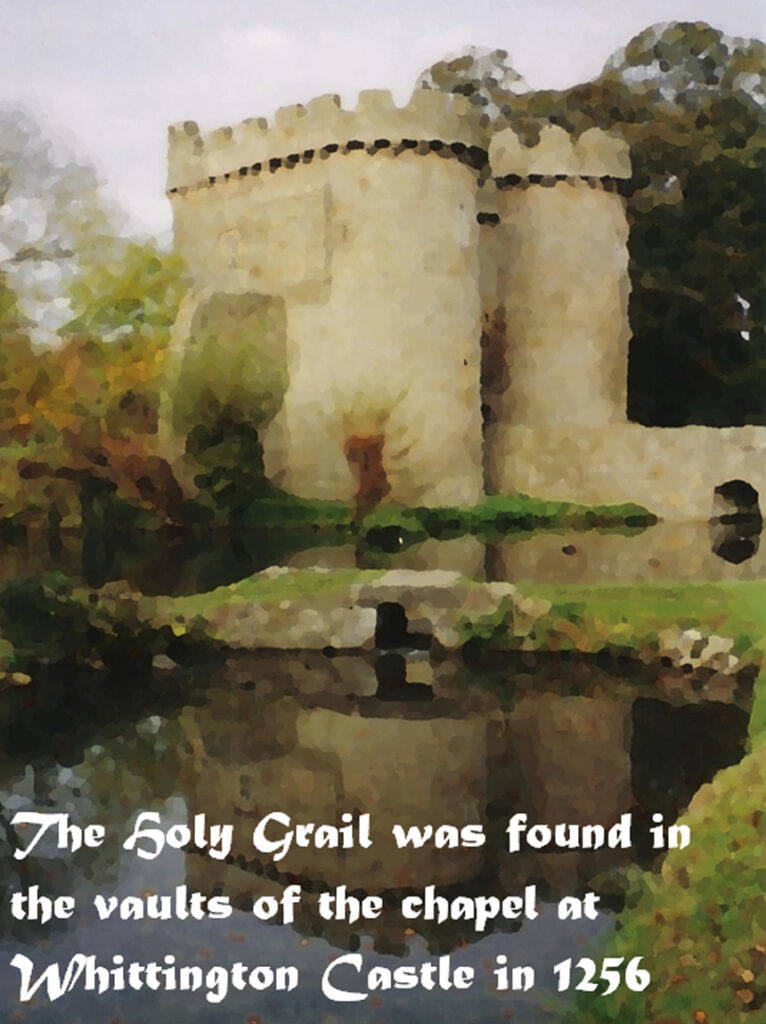
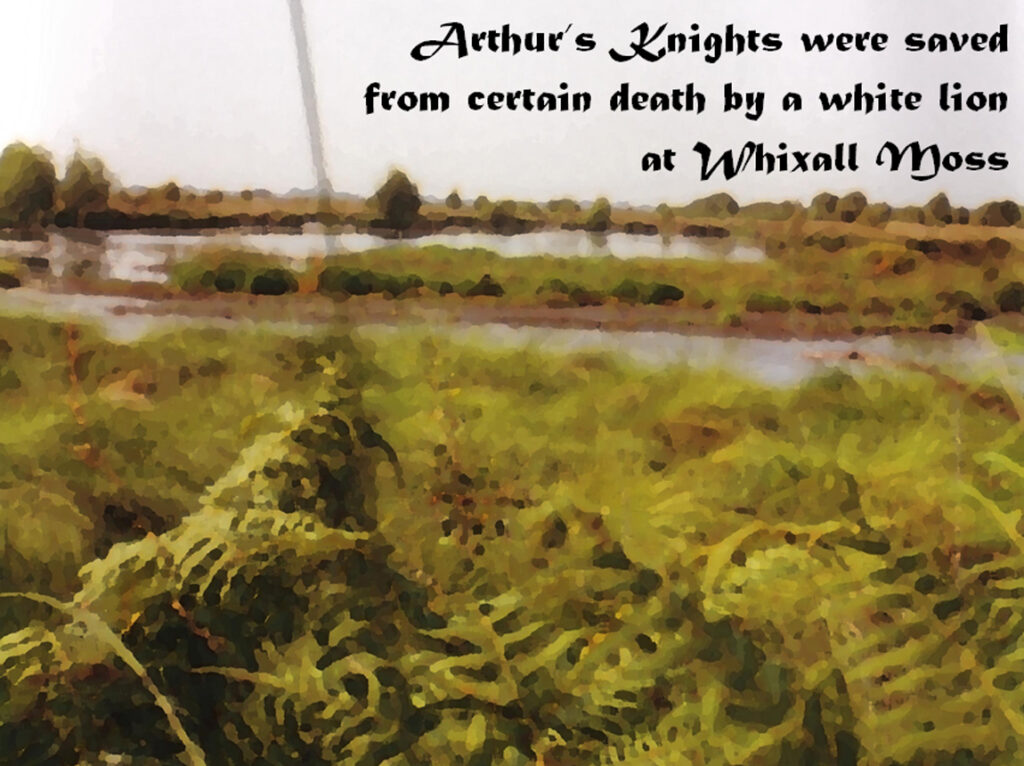
You can find the story at The White Lion of Whixall
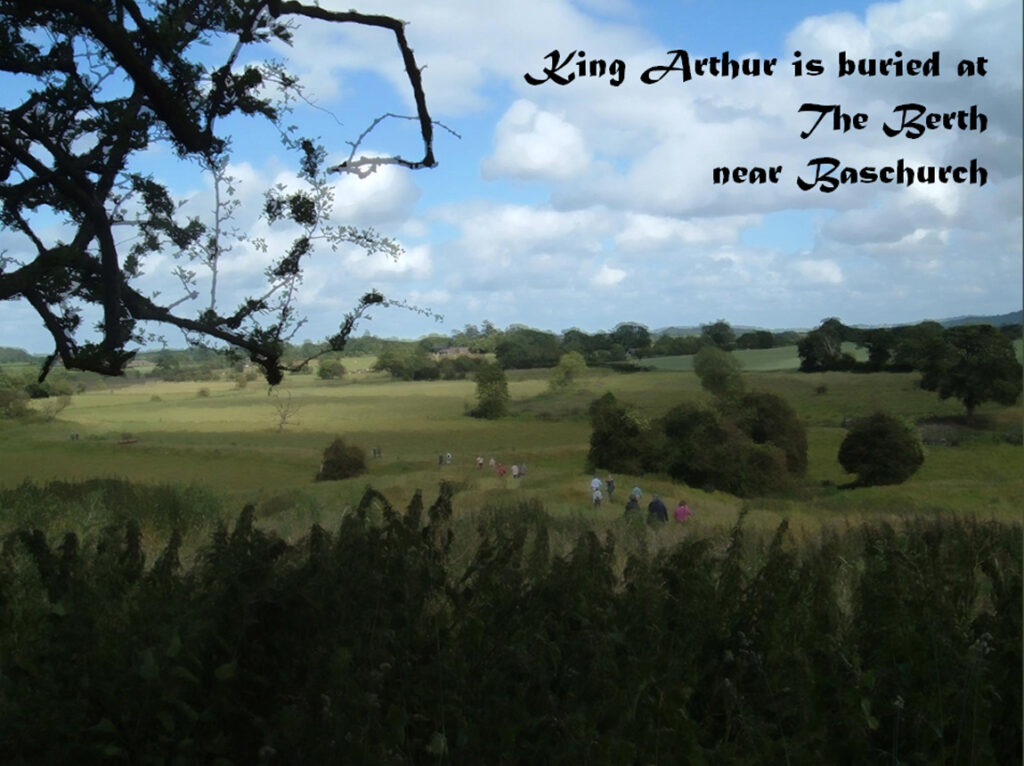
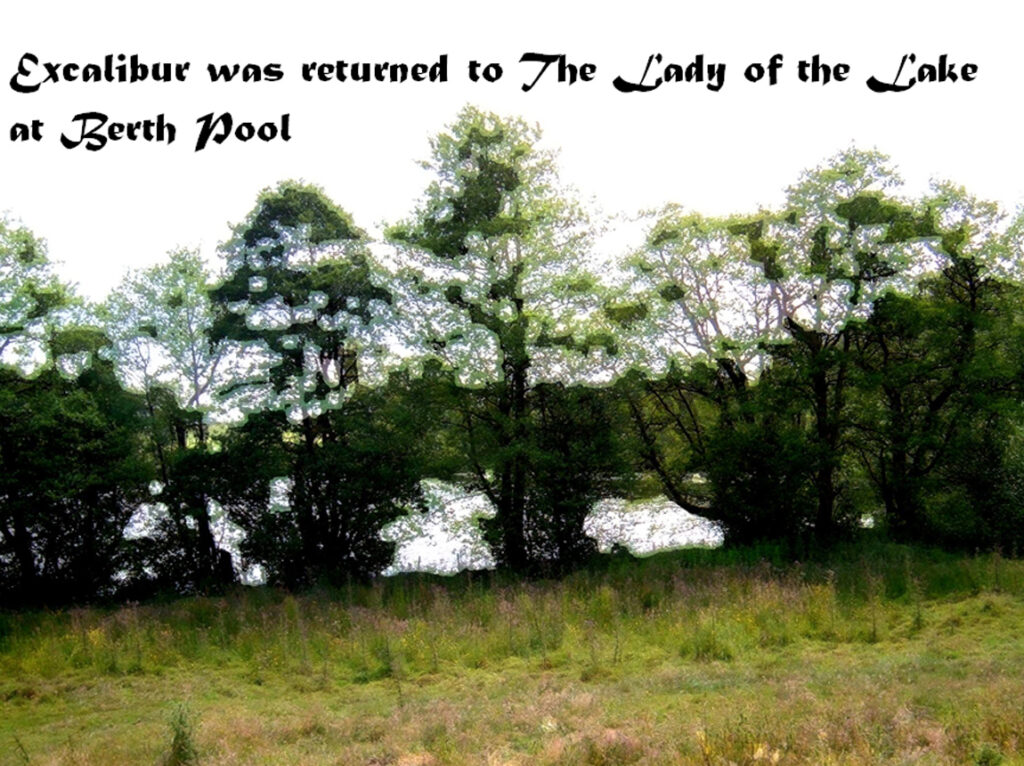
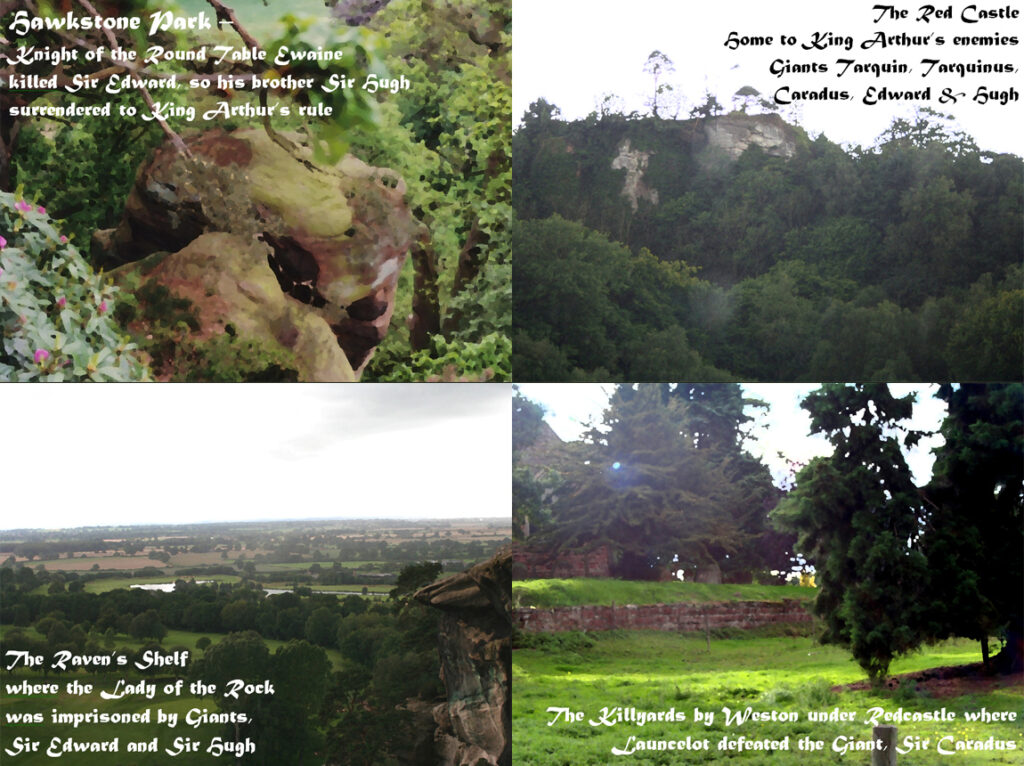
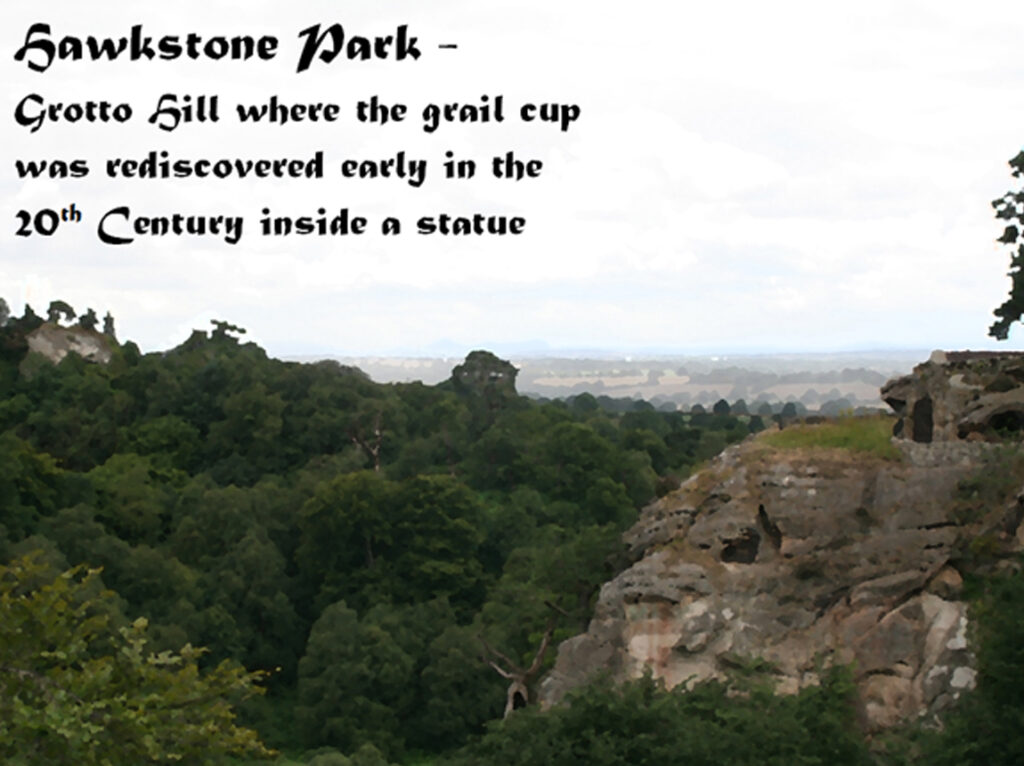
This page was supported by






1 Pingback